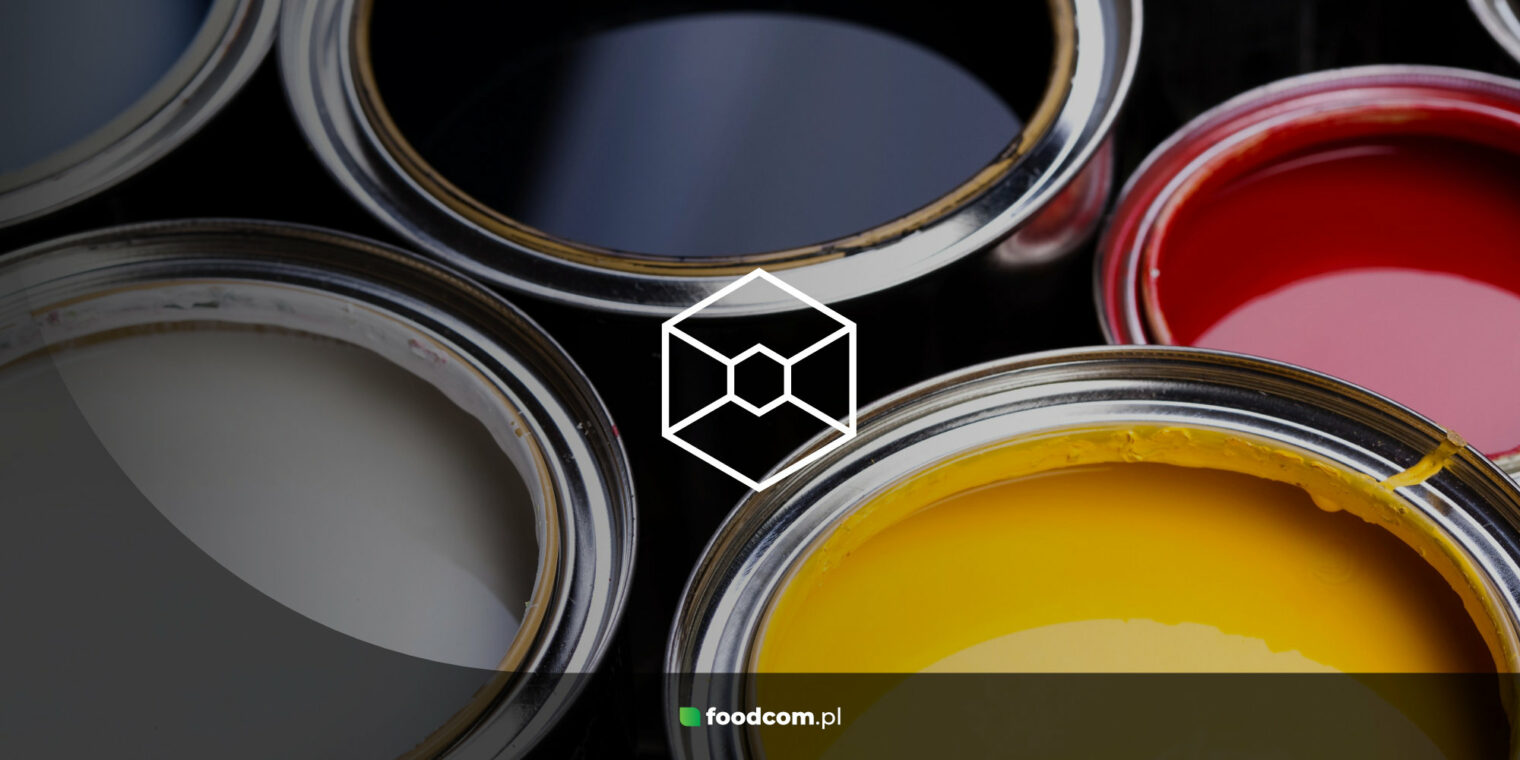- Paints and varnishes have a decorative function, but also a protective one, so choosing the right raw materials is crucial for the quality and durability of the products.
- Raw materials for the paint industry include pigments, solvents, binders, preservatives and other additives.
- Popular pigments in paints include Titanium Dioxide and Zinc Oxide.
- When choosing solvents, you should consider TPnB, N-Propyl Acetate or Butyl Diglycol.
Paints and varnishes must meet many criteria, as they have different functions – they have a decorative function, of course, but also protect the substrate from corrosion, weathering or mechanical damage. Therefore, the selection of ingredients for their production is very important. What raw materials to choose? Be sure to read our article!
Types of raw materials for the paint industry
The paint industry, also known as the paint and varnish industry, is an important branch of the chemical industry. This industry uses a variety of raw materials for production that determine the quality and durability of paints. These include:
- pigments – these are chemical substances that give paints the desired color, but also provide opacity. They can be of natural or synthetic origin and are available in liquid or powder form;
- solvents – play an important role in the formulation of paints and determine their consistency and drying time;
- binders – they give paints their durability and ensure that they adhere to surfaces;
- preservatives – they prevent the growth of microorganisms in the paint that can lead to spoilage;
- additives – paints may also contain thickening agents that make it easier to apply the paint properly, or anti-foaming agents that prevent air bubbles from forming on the paint.
If you want to learn about the main raw materials and chemical intermediates used in the paint industry, but also in many other industries, check out our comprehensive article!
Pigments for paints
In the world of the paint industry, pigments play a key role – they are essential to achieve the desired color, opacity and resistance to external influences. With these properties, they have a direct impact on the durability, esthetics and functionality of the final product. Below you will find examples of pigments used in the industry that are essential for the production of high-quality paints.
Titanium Dioxide
Titanium Dioxide is a very popular ingredient in paint manufacturing. It is a chemical compound that occurs naturally in many minerals. It is used as a pigment because it has brightening and whitening properties, which is why it is also called titanium white.
Titanium Dioxide is a substance commonly used in the construction industry for the production of paints and plasters. Its use is not limited to white products, but it also has a whitening function for other colors. It is also characterized by high reflectivity, which is why it is often used in paints for roofs.
Looking for detailed information about titanium dioxide, its properties and applications? Check out our article!
Zinc Oxide
Zinc Oxide, also called zinc white, is also a pigment that has bleaching properties. Paints containing Zinc Oxide maintain their white color for a long time and are less prone to yellowing (compared to other white pigments).
It is also worth noting that Zinc Oxide not only acts as a pigment, but also has other properties that are beneficial to the paint industry. It provides mold resistance and inhibits corrosion, which is mainly used for exterior paints.
It is also worth mentioning that Zinc Oxide acts not only as a pigment, it also has other properties that are beneficial to the paint industry. It provides mold resistance and inhibits corrosion, which is mainly used in exterior paints.
Solvents for paints
Solvents play an important role in the paint industry. They are substances that have the ability to effectively dissolve and dilute paint components so that they can be easily applied to various surfaces. Below we present examples of solvents used in the industry that play an important role in the production of high-quality paints.
TPnB
Tripropylene Glycol n-butyl Ether, also known as TPnB, is a glycol ether used as a solvent in many industrial applications. In the paint industry, TPnB is mainly used in water-based paints due to its low solubility in water and high boiling point. It also acts as a coalescing agent, allowing easy and uniform distribution of the paint components.
N-Propyl Acetate
N-Propyl Acetate is an ester of acetic acid and propanol. It is popularly used as a solvent in the manufacture of paints and varnishes because of its ability to dilute various organic compounds. In addition, it also dissolves resins, which makes it an excellent solvent for wood coatings.
Butyl Diglycol
Butyl Diglycol, or diethylene glycol monobutyl ether or BDG, is a compound that belongs to the ethylene glycol ether class. Butyl Diglycol has low volatility and can be mixed with a variety of solvents. This makes it ideal for use as a solvent in paints, as it allows pigments and other ingredients to be evenly distributed. Its high boiling point also makes it effective in stove enamels.
Choose Foodcom!
Our great team of Sales Support will help our Traders conduct the contract and business deals in a smooth and efficient way to ensure the best quality service to all our Business Partners. Our logistics team will take care of transportation and the financial department will be responsible for all matters connected with the financial part of the deal. Do not hesitate! Contact us.









